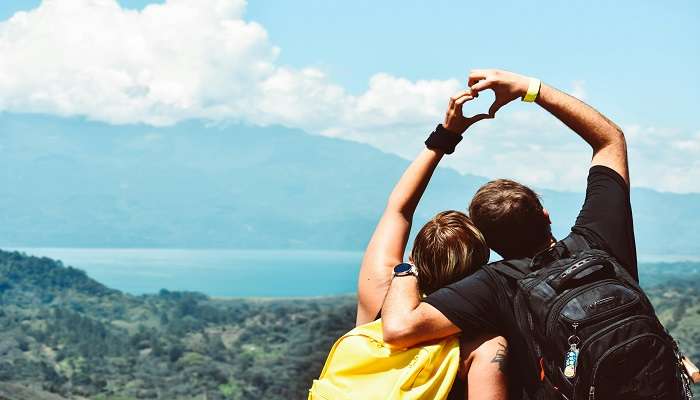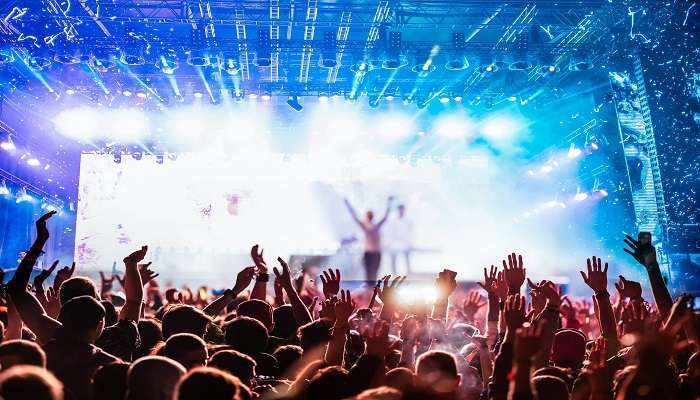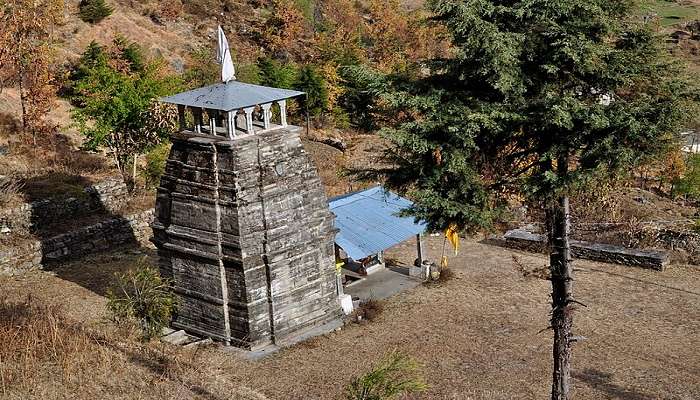Everest Base Camp Trek: A Guide To A Journey Of A Lifetime

Everest is a beast of a mountain that has defeated many of the greatest mountaineers to ever live. Its challenging and rugged trails have long been attracting skilled climbers from far and wide. Everest’s intimidating summit is so statuesque that the Everest Base Camp trek at 17,600 ft is still an adventure all the trekkers of the world must experience. From staying in the villages that are set against soaring peaks to learning the unique Sherpa culture, every experience in the picturesque mountains of Nepal turns you into a storyteller.
The trek to this amazingly beautiful place will embark you on a journey that you will remember for the years to come.
Important Facts You Need To Know About Everest Base Camp Trek
On this splendid trek, you can immerse yourself in Sherpa culture. Sherpa are ancient Tibetans living in the remote regions of Nepal. Their unique culture and cuisine will let you experience a different kind of life in the Himalayas.
Starts from: Lukla
Ends at: Lukla
Type of trek: Teahouse Grade
Altitude: 5,380 m or 17,600 ft
Difficulty level: Moderate to difficult
Culture: Sherpa culture
Sightseeing: Everest, Amadablam, Lhotse, etc
Mount Everest Base Camp trek cost: A 14-day Everest Base Camp trek can cost you anywhere between INR 65,000 to INR 80,000, including permits, accommodations, food, and round trip flights from Kathmandu to Lukla.
Must Read: 42 Most Popular Tourist Places In Nepal You Ought To Visit On Your Trip
Looking To Book An International Holiday?
Best Season For Trekking To Everest Base Camp
Everest Base Camp can be trekked throughout the year. Trekking in Nepal during offseason is slightly cheaper as prices of stay and food come down in Kathmandu and Namche Bazaar area.

Trekking during awesome weather: April – May and October – November (high season) are the best months to
Trekking during fair weather: March, June, late September, and December are good months to trek. The climate is not bad during these months.
Trekking during harsh weather: July – August (monsoon season) and January – February (coldest months)
Suggested Read: 4 Feel At Home Guest Houses In Nepal To Stay During Your Trip!
A Simple Everest Base Camp Trek Itinerary
Here’s a summary of your Everest Base Camp trek itinerary.
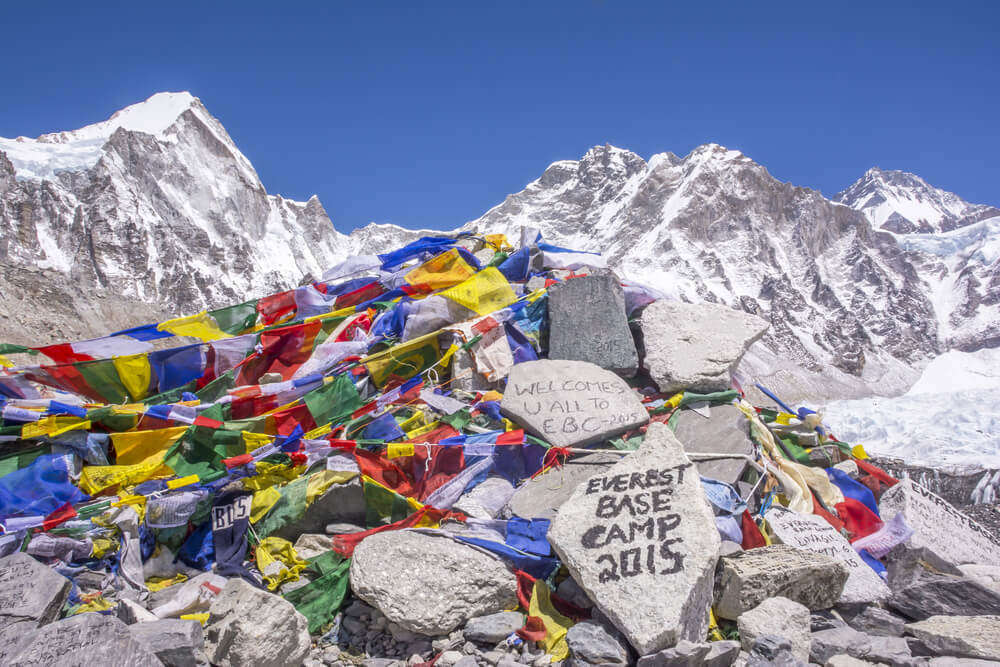
Day 1: Fly from Kathmandu to Lukla (the highest airport at 2700m) and then trek to Phakding at 2600m.
The base camp of the trek to Everest is located at Phakding which can be reached via a trek from Lukla. To reach Lukla you can take a flight from Kathmandu.
Day 2: Phakding to Namche Bazaar (3440m)
Second day consists of a trek from Phakding to Namche Bazaar base camp. The total elevation at this point is 3440 m.
Day 3: Rest at Namche Bazaar
Spend a day resting at the Namche Bazaar. Explore the nearby areas and gear up for the next day.
Day 4: Trek to Tyangboche (3860m) from Namche Bazaar
Next day you will start your journey from Namche Bazaar. From here you will trek to an elevation of 3860 m and reach Tyangboche and reach here.
Day 5: Trek from Tyangboche to Dingboche (4300m)
Trek starts from Tyangboche (3860 m) and you will reach Dingboche at an elevation of 4300 m. Here you will stop and take rest for the rest of your journey.
Day 6: Trek from Dingboche to Labuche (4930m)
The next will be spent trekking from Dingboche at an elevation of 4300 m till Labuche which will take you to an elevation of 4390 m.
Day 7: Acclimatization day in Labuche
Upon reaching Labuch you will be resting and acclimatizing yourself. This is important as at this height you might feel unaccustomed to the climatic conditions.
Day 8: Trek from Labuche to Gorapshep (5170m)
After taking a day off to adjust to the climate, you will again start your ascend from Labuche to reach Gorashep at an elevation of 5170 m. This is the last stopping point before the Everest base camp.
Day 9: Trek from Gorapshe to Everest base camp (5400m). Overnight in Gorakshep
The next day your ascend and your trek will reach its destination i.e. the Everest base camp. The total elevation at the Everest base camp is 5400 m. After reaching the Everest base camp you will spend a night here and bask in the glory of the majestic mountains that lay ahead of you.
Day 10: Trek from Gorapshep to Pheriche (4280m)
Upon spending a night at the Everest base camp it is time to start your descend. You will start your descend from Gorashep and reach Periche at 4280 m.
Day 11: Trek from Pheriche to Tyangboche (3860m)
The next day will be spending descending from Periche to Tyangboche and reaching an elevation of 3860 m.
Day 12: Trek from Tyangboche to Namchee Bazaar (3440m)
Once you have reached Tynagboche, the descend to Namchee bazaar will start. This is the last major trek before you reach your starting point.
Day 13: Trek from Namche Bazaar to Lukla (2840m)
A descending trek from Namche Bazaar to Lukla marks the end of the beautiful journey. This will bring you back to home.
Day 14: Fly to Kathmandu from Lukla. Trek ends here.
Suggested Read: 11 Fantasy-Filled Places To Visit In Nepal For Honeymoon
You’ll Need To Train Yourself For Everest Base Camp Trek
Although you don’t have to be an athlete to trek Everest Base Camp, but you surely need to be fit enough to completely enjoy the rugged trails and wake up without sore muscles. Here’s what you can do to train your body.
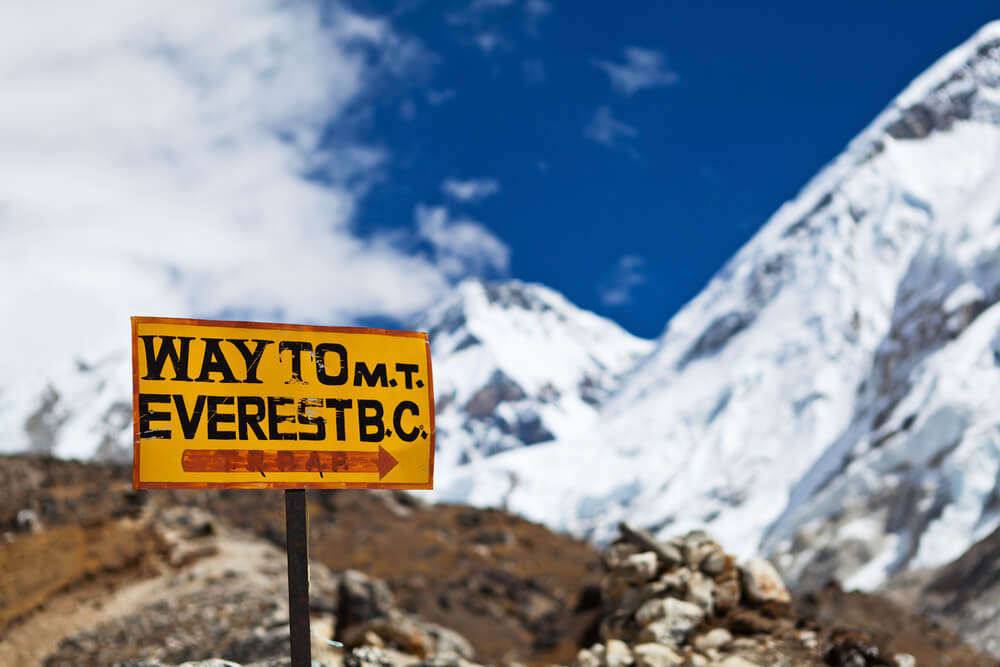
- You must start exercising about a month before doing the trek.
- Swimming, cycling, and running are some cardio exercises you must do to increase your stamina.
- Strengthen your muscles by doing some push ups, squats, and pull ups, dead lifts, etc.
- Avoid over-exercising. The aim is to increase physical stamina and lung capacity.
Suggested Read: 11 Nepal Travel Tips For Traveling To The Country Like A Pro!
Things You Need To Carry On Your Everest Base Camp Trek
Everest Base Camp is a tea house trek, which means there will be enough food, water bottles, and snacks available on the way. But there are a few important things you’ll need for an easy and safe trek. The weather of upper Himalayan regions is highly unpredictable, so even if it’s sunny in the morning, it’ll surely get unbearably cold at night. You’ll need to keep some items with you for a comfortable experience.
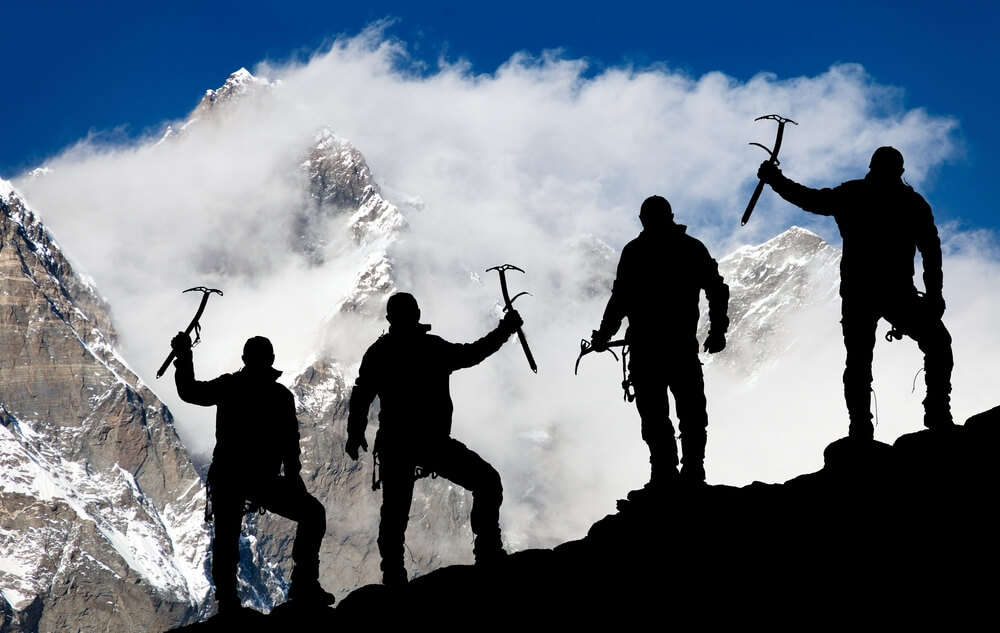
Trekking gears you’ll need: Camera with extra memory card, heavyweight gloves, fleece or wool trousers and jackets, trekking boots, warm woolen socks, running shoes or sandals to roam around the camp, thermal tops, windshield jacket, waterproof jacket, sunglasses for UV protection, sun hat, high quality sleeping bag, headlamp and spare batteries, a day backpack (20-30 liters), water bottles, a towel, and toiletries.
A basic first-aid kit: Ibuprofen, Diamox (for altitude sickness), your personal prescriptions, medical tapes (for blister treatment, headache tablets, and antibiotics.
Note: Not all the items on the list are necessary. You can use your judgment while packing for your trek. The most important things you’ll need are a comfortable and durable footwear and appropriate clothes.
Further Read: 15 Engrossing Things To Do In Nepal For All Adventure Junkies!
The Everest base camp trek is one of the most challenging and spectacular trek. It’s once-in-a-lifetime opportunity that introduces you to breathtaking scenery and lofty mountains. It’s not just the beautiful forests, valleys, and rivers that will fascinate you, the legendary Sherpa and their culture is awesome too. So Plan a trip to Nepal and make the best memories of your life.
People Also Read
Tiger’s Nest Monastery Trek Laya Gasa Trek GR20 Trek
Looking To Book A Holiday Package?

A journalism graduate with a love for reading, writing, and travel, Kiran has trekked through various offbeat paths in the Himalayas. She writes travel stories and indulges in landscape photography every now and then, which, considering where you’re reading this, makes perfect sense.























